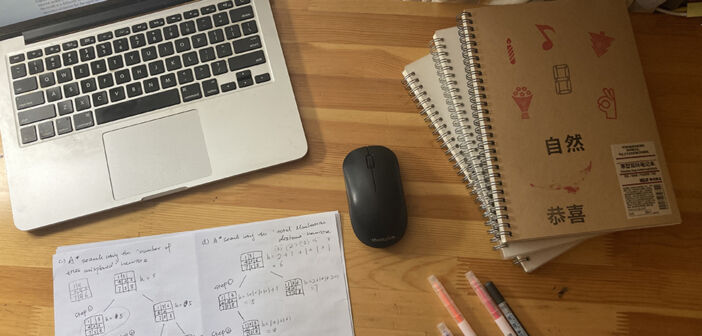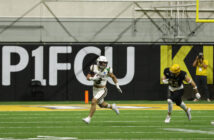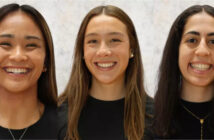While Lehigh classes are being held in person for the fall 2021 semester, four percent of undergraduate classes are being held remotely this semester for various reasons, Amy White, associate director of media relations said in an email.
“Some courses are remote to accommodate international students, while a small number of others are being offered remotely as a result of approved Americans With Disabilities Act (ADA) accommodations for faculty members,” White said.
As stated in a university email sent to Lehigh students and families on July 30, all undergraduate courses that were taught in the classroom before the pandemic were intended to be taught in the classroom for the fall 2021 semester, with the exception of a few courses that were approved to be remote.
The administration has updated its classroom guidelines as of Aug. 30 in response to the increase in COVID-19 cases among students.
Faculty and instructional staff are now being advised to shift classes to remote instruction if the instructor becomes symptomatic or receives a positive COVID-19 test result. These classes will be temporarily remote until the instructor either receives a negative test result or is cleared to return to work.
If the percentage of students in isolation for COVID-19 in a given class section is greater than 30 percent, the instructor can move to remote instruction until students return from isolation, the email said.
White said significant classroom transmission of COVID-19 has not been documented, therefore, the university does not intend to make classes go fully remote as a first approach.
Last year, Lehigh had no known examples of COVID-19 transmission in classrooms, White said.
According to White, the university expects that the likelihood of classroom transmission this year will be comparable to last year, even with the Delta variant, due to high vaccination rates among students and instructors and masking requirements in classrooms.
White said the university will consider shifting some courses to remote instruction if there is clear evidence of classroom transmission.
Mia Rosengard, ‘23, is currently enrolled in a marketing course being taught remotely this semester. The instructor communicated to students a week before class started that the class would be offered as remote synchronous due to “most recent personal circumstances.”
Rosengard said she did not anticipate taking a remote class this semester.
“I was upset and surprised at first,” she said. “I thought we would be back to normal.”
Dylan Dansky, ‘23, is currently enrolled in an earth science class. Dansky was aware that this course would be remote before registration.
“I didn’t want to take a remote class, but I had one science credit that I needed to fulfill this semester,” Dansky said. “This was the only class that worked for me.”
Although the percentage of remote classes is low this semester, some students are having difficulties balancing their remote and in-person classes.
Rosengard said it is stressful to get back to her apartment to take her remote class with only 10 minutes between classes.
“Aside from my one remote class, all of my classes are in Chandler-Ulmann,” Dansky said. “It’s really hard to go back and forth between (Chandler-Ulmann) and my house because there is no place to talk out loud in academic buildings.”
Dansky and Rosengard both said they would like to see more spaces on campus that are designed for students to take remote classes.
Rosengard suggested that the university build spaces in the libraries where students can take class and speak out loud without disrupting other students.
“The university should remind professors to be flexible,” Rosengard said. “A lot of students are taking classes in a mixed environment.”






Comment policy
Comments posted to The Brown and White website are reviewed by a moderator before being approved. Incendiary speech or harassing language, including comments targeted at individuals, may be deemed unacceptable and not published. Spam and other soliciting will also be declined.
The Brown and White also reserves the right to not publish entirely anonymous comments.